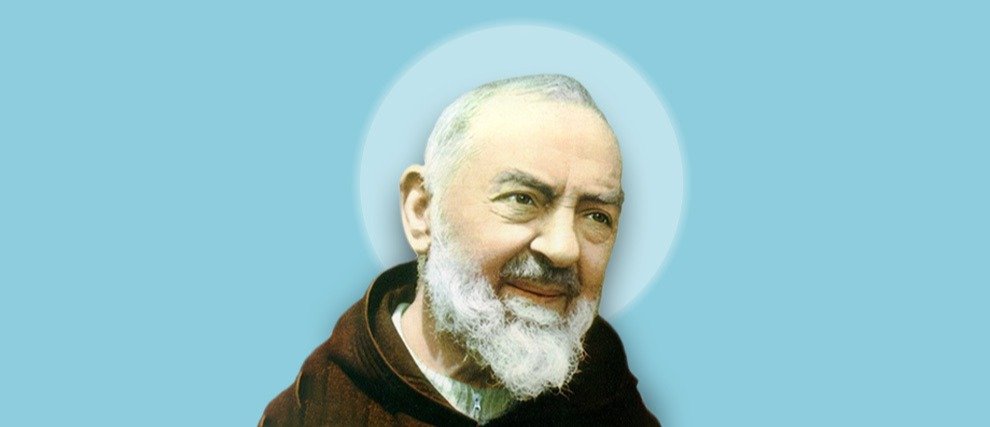Saint Bruno the Carthusian
Saint Bruno established his first monastery near Grenoble in the Grande Chartreuse valley. He was the founder of the Carthusian Order. Saint Bruno was an example of holiness through his great discretion and devotion. He wanted to devote all his time, energy, and all thoughts, and prayers to the Lord. Saint Bruno is celebrated on October 6th, the day when Christ called him back to heaven. He is the patron saint of the monastic fraternities of Bethlehem.
Life of Saint Bruno
Saint Bruno was born in Cologne, Germany, shortly before 1030, to a wealthy family. Around the age of fourteen, he went to study in Reims, the royal metropolis in which the great cathedral-school of renown was located. After solid studies in philosophy and theology, he became an ecolâtre, a “director of studies,” in 1056. He would remain at that post for about 20 years. His intellectual gifts and spiritual qualities exerted an important influence on his students. His reputation was so great and flattering that he became chancellor of the archbishop of Reims, Manassès de Gournay. But the latter was unworthy of his position. He paid his voters, and Saint Bruno denounced him. He could have succeeded him, but he refused, preferring a discreet life and turned towards God rather than the public. This marked a turning point in his life, a break. Around the age of 52, in 1084, he sold everything he owned, and with a few friends, sharing his aspirations, he left for a heremitic life.
He was the founder of the Carthusian Order
At first, Saint Bruno and his two friends, Pierre and Lambert, left for the priory of Sèche-Fontaine, an outbuilding of the abbey of Molesme. But the form of life they dreamt of was not practiced there. They yearned for more silence and seclusion. It was with six companions (four clerics and two laymen) that Bruno then moved further south, towards Grenoble. The young bishop of the city, Saint Hughes, led the small group to 1190 meters above sea level, in the Alpine massif of the Grande Chartreuse (north-east of Grenoble). Saint Bruno wrote what would become “the Rule of the Carthusians,” borne of solitude in a cell, common liturgies, and manual work. Their time was largely devoted to personal prayer, reading, and copying manuscripts. The only times during which the new monks met were morning prayers, vespers and Sunday masses. Solitude was guaranteed at the bottom of this narrow valley, surrounded by impressive mountains. This place is called “the Chartreuse desert”.
To the great despair of Saint Bruno, in 1090, Pope Urban II called him to become his advisor. He therefore left the Chartreuse for Rome with regret. However, not getting used to secular life, he managed to retire to Calabria, where he founded a new Cartusian community, in La Torre. It was in this new life of solitude that he died. “The air is soft, the green meadows, we have flowers and fruits, we are far from men (...) How to depict this perpetual festival where we already enjoy the fruits of heaven?” he wrote to an old friend in Reims.
Three Beautiful Prayers by Saint Francis Xavier
The Morning Prayer by Saint Bruno
“Lord, in the silence of this nascent day, I come to ask you for peace, wisdom and strength. I want to look at the world today with eyes full of love, to be patient, understanding, gentle and wise, to see beyond appearances, Your children as You see Thyself, and thus, to see only good in each one. Close my ears to all slander, keep my tongue from all malice, that only the thoughts that bless remain in my mind, that I am so benevolent and so joyful, that all who approach me feel Your presence, clothe me with Your beauty, Lord, and that throughout this day, I reveal to You. Amen.”
The “Creed” of Saint Bruno
“I firmly believe in the Father, and the Son, and the Holy Spirit: the unbegotten Father, the only-begotten Son, the Holy Spirit proceeding from one and the other; and I believe that these three Persons are one God. I confess and believe in the holy and ineffable Trinity, Father, Son and Holy Spirit, who is one God by nature, of one substance, of one nature, of one majesty and power. We profess that the Father was neither begotten nor created, but that he is unbegotten. The Father himself does not originate from anyone. From Him, the Son received birth and the Holy Spirit the procession. He is therefore the source and origin of all Divinity. And the Father, ineffable in essence, has, from his substance, generated the Son ineffably; without generating anything other than what he himself is: God generated God, the Light generated the Light. It is therefore from Him that all Fatherhood flows, in Heaven and on earth. I believe that this same Son of God was conceived of the Holy Spirit in the womb of the Virgin Mary. I believe that the Virgin was very chaste before childbirth, that she remained a virgin in childbirth and remained so eternally thereafter. I believe that this same Son of God was conceived among men as a true man, without sin. I believe that this same Son of God was a victim of hatred of the Jews, and that after being unjustly taken prisoner, he was spit upon and insulted and scourged; that he died, was buried and that he went down to hell to free his own who were captives; that he came down (from Heaven) for our redemption, rose again and ascended to Heaven from where he will come to judge the living and the dead. I believe in the Sacraments in which the Catholic Church believes and which she venerates; I believe in particular that what is consecrated on the altar is the true Body, the true Flesh and the true Blood of our Lord Jesus Christ, which we receive for the remission of our sins, in the hope of eternal salvation. I believe in the resurrection of the flesh and in eternal life. Amen.”
Prayer of Saint Bruno to see the face of Christ
“O God, show us Your face, which is none other than Your Son, since it is through Him that You make Yourself known, just as the whole of man is known by his one face. And by this face that You have shown us, convert us; convert the dead that we are from darkness to light, convert us from vices to virtues, from ignorance to perfect knowledge of You. So be it.”

